
All categories
Featured selections
Trade Assurance
Buyer Central
Help Center
Get the app
Become a supplier

(3635 products available)


















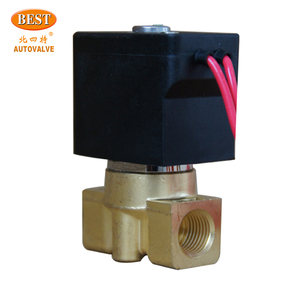

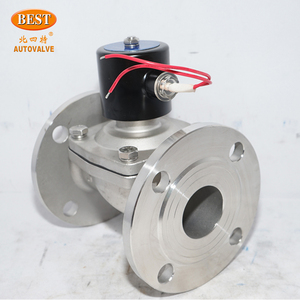



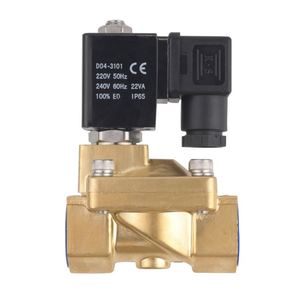




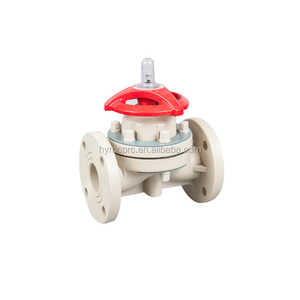

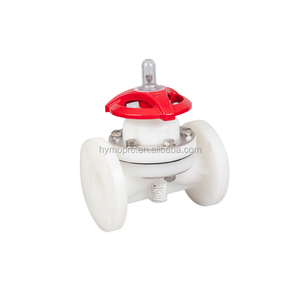
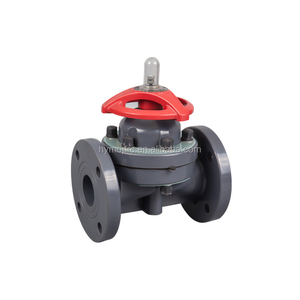
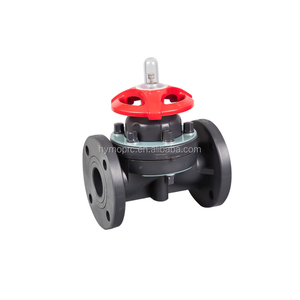

4-inch solenoid valves are available in different types, and each of them is oriented toward a specific application. The type of valve is selected based on operational requirements such as flow characteristics, control type, and the media being handled.
Direct-acting solenoid valves use the solenoid to establish the force needed to move the valve’s internal mechanism. This internal mechanism is a particular compression used to seat the valve. Thus, a pressure differential is not required in such valve types. Direct-acting valves are often used in smaller-rated valves where the pressure differential can be an issue in larger valves. The pressure-based operation means that these valves require no seated pressure differential. thread sealing tape can be used in threaded pipes to further improve safety.
These valves are operated by electrical means. They open or close based on pressure differentials that exist within the piping system. Pressure-release solenoid valves are mandatory for operations involving high-pressure liquid or gas transmission. Such valves provide additional control over flow regulation through narrow operation. They also feature a complex design compared to direct-acting valves.
A bath solenoid valve is an electromechanical device that controls the flow of fluids using a ball mechanism. The ball, which contains a hole or passageway (the bore), can rotate 90 degrees from the closed position to align with the inlet and outlet ports in the valve body. This provides a clear, unobstructed path for fluid flow. Ball valves are popular due to their robust design, quick operation, and ability to provide a tight seal, minimizing leaks. They are suitable for on/off control in various applications.
Angled solenoid valves differ from the normal straight configuration in that they allow fluid to move at an angle rather than straight through. This design feature creates a 90-degree turn in flow. Because of the change in flow path, the angled solenoid designs are more compact and well adapted to restricted areas. These valves could also be thread sealing tape fitted in threaded pipes to increase functionality.
These are Flutter Insert valves. Flutter Insert Valves operate by installing an insert that will flutter or vibrate as the fluid passes through. This insert helps create pressure differentials and thus facilitates the valve's proper function. Flutter Insert Valves, however, are less widely used than previous generations in non-conventional applications.
Four-inch solenoid valves are widely applied because of their versatility and ability to control large flow rates. Therefore, these valves are commonly used in industries with automation, fluid control, and process management needs. Some of the most common areas of application include the following:
In this field, solenoid valves control the flow of water during filtration, disinfection, and chemical treatment. They ensure accurate and timely valve openings and closings to maintain the desired water treatment process. In wastewater treatment, solenoid valves help discharge treated water and other unwanted substances.
Solenoid valves in chemical processing control the flow of reactive substances, acids, bases, and other chemicals. They are controlled in a process like this to ensure the safety and reliability of that process. This is done by preventing leakages and safe valve manipulation. In chemical processing, four-inch solenoid valves are considered high-capacity since they manage variable flow rates.
In this industry, solenoid valves control the flow of natural gas and other liquids in pipelines. They perform remote operations in exploration, production, and refining processes. Originally made with heavy-duty materials, solenoid valves are widely utilized here because of their demanding environment and frequently encountered high pressures. Employing thread sealing tape on the threaded pipes enhances safety at this stage of the process.
HVAC systems use four-inch solenoid valves to inter the refrigerants, water, and air control. These valves boost the system's reliability by providing automatic operation in response to pressure changes or temperature variations. Solenoid valves in this automation area help maintain optimal operating efficacy and energy efficiency.
In industries that use automated production lines, solenoid valves control pneumatic systems. Controlling these pneumatic systems aids in movements, mechanisms, and process flow. High-capacity solenoid valves, such as four-inch valves, are highly valued in this field because they handle high pressure and flow with efficiency. Thread sealing tapes are also commonly applied in this industry to enhance the durability of their equipment.
Solenoid valves are employed in these two fields to control the flow of liquids and gases. They guarantee hygiene and safe handling during production and packaging. Therefore, these two industries emphasize on-off solenoid valves. Solenoid valves in pharmaceuticals and food processing are made of stainless steel or brass; these materials support the cleaning processes required for valve maintenance.
The solenoid is energized by an electrical current, generating a magnetic field. This magnetic field causes the valve's moving element (armature) to shift, changing the valve position. Hence, manual displacement detection occurs in an electrically driven solenoid valve. This is important when the valve is to operate remotely or automatically.
Controlling fluids is one of the primary functions of the four-inch solenoid valve. Depending on the fluid's nature and system configuration, these valves can be used to control liquid or gas flow. Fluids under control pass through the open state of a solenoid valve. In the closed state, the flow is interrupted by the valve. Advanced solenoid valves can modulate flow by varying the valve position; thus, fluid control plays a critical role in regulating processes.
The heat generated by solenoids during operation must be mitigated in terms of dissipation. This is particularly important for continuous operations where the solenoid valves will be subject to long-term usage. If not properly dissipated, accumulated heat can affect valve performance, shorten valve lifespan, and impede fluid system functionality. This is why cooling tape on the valve is very important, as it mitigates heat accumulation.
These are designs meant to maintain system safety even under failure circumstances. Namely, failing-safe solenoid valves are open in failure conditions, while fail-close solenoid valves close during failure. This feature is pretty much essential in hazardous industries like oil and gas, chemical processing, and others, where leaks or unintended flows can lead to accidents.
Choosing the right solenoid valve has many factors to consider since the particular valve should meet the specific needs of an operation. The following are considerations to make when choosing a four-inch solenoid valve:
The material construction of a solenoid valve should be such that it supports the fluid or medium it will control. Fluids passing through the valve should have their internal components compatible with materials such valve makers use. For instance, corrosive chemicals require solenoid valves made of brass, stainless steel, or suitable polymers. Valves for controlling water or air can also be made from these materials but may include other economical options.
The valve should meet the system's pressure and temperature requirements. Operating outside a valve's rated conditions can lead to failure. Solenoid valves must be chosen from industries with extreme heat or pressure that can withstand up to 220 psi and 180°C. In low-pressure applications like water treatment, these ratings are not so critical.
Solenoid valves have two general types: direct-acting and proportional. Direct-acting valves work very simply; they use the solenoid itself to open and close the valve. Proportional valves modulate flow by varying valve position, which might require more intricate control systems. The valve type should correspond well with the application's specific functional requirements.
Various solenoid valves are available with different coil voltages. If the current requirement is too low or too high for the coil voltage, system inefficiencies will most likely occur. Hence, the coil voltage should match the system power supply. This also ensures the valve operates effectively and reliably. In case of thread sealing tapes, ensure they are compatible with the valve materials and the threads.
Response time is a critical factor in dynamic processes that require quick fluid control. Some solenoid valves have lower response times and can operate in milliseconds. This would be an advantage in high-frequency cycles of operation. Pneumatic pressure-control valves cannot afford to have high response times, so they go for fast-acting solenoid valves. In good surge protection, thread sealing tapes might come in handy.
A1: A solenoid valve controls the flow of fluids (liquids or gases) in a system by opening or closing, depending on an electrical current provided to the solenoid coil.
A2: They enable the control of fluid-circulation systems, providing efficiency, safety, and reliability in process management.
A3: Solenoid valves are made from various materials, such as brass, stainless steel, aluminum, and various plastics, depending on the application and the fluid's nature.
A4: It generates a magnetic field when electrical current passes through it, which moves the valve's internal part (the armature) to open or close the valve.
A5: Yes, solenoid valves are available that can operate under high-temperature conditions. It is important to ensure that the valve materials and components are suitable for such extremes.
A6: These valves are durable, especially those made from heavy-duty materials. Regular maintenance and monitoring are crucial to extending their operational lifetime.